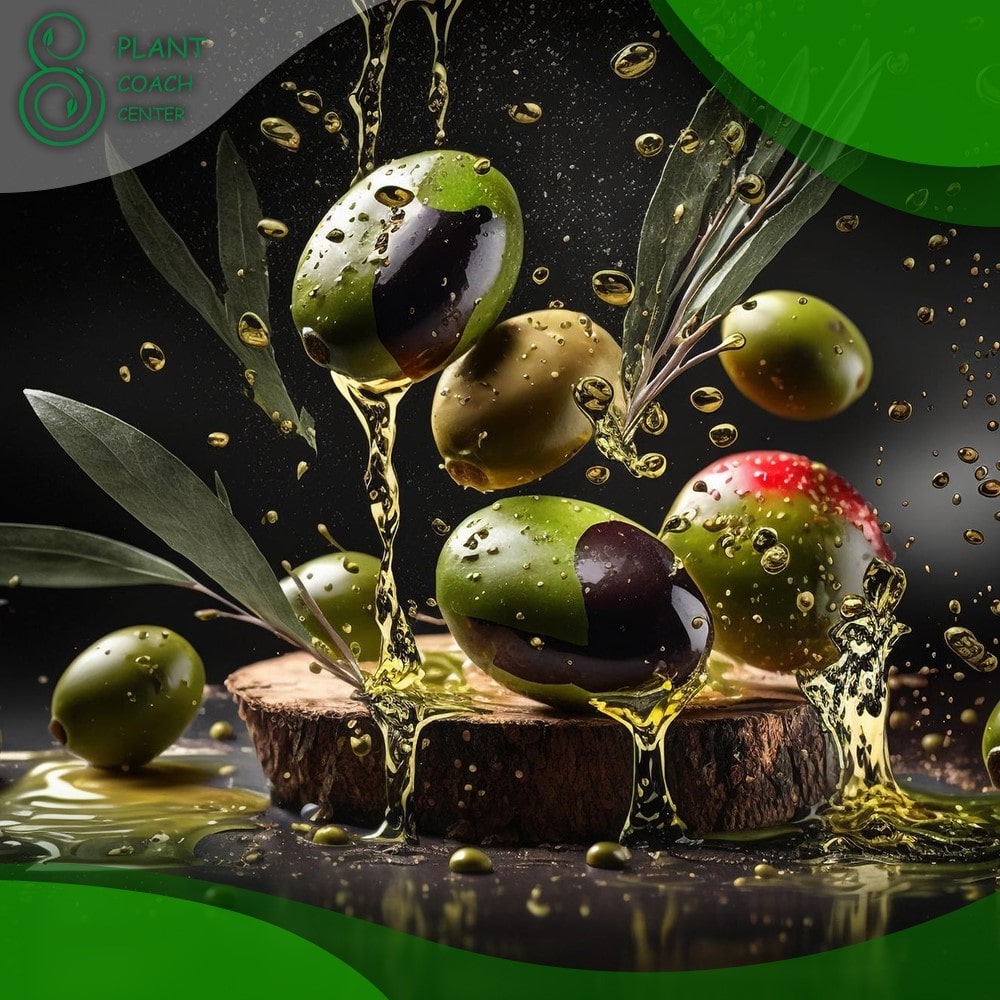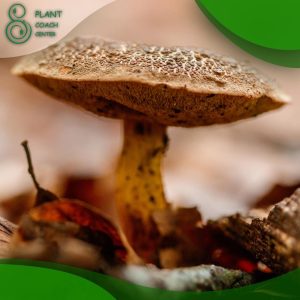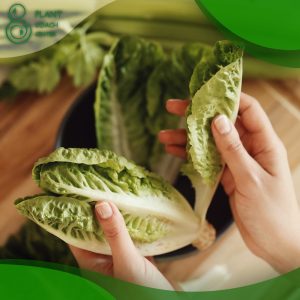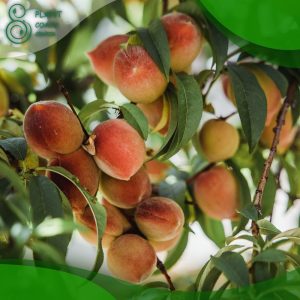Introduction
Welcome to the world of olives, a fascinating journey brought to you by plantcoachcenter.com. In this article, we’ll delve into the question, “How do olives grow?” and explore the life cycle of olive trees, the perfect growing conditions, and much more. So, let’s dive right in!
The Olive Tree: An Overview
What Are Olives?
Olives are small, oval-shaped fruits of the Olea europaea tree, a species native to the Mediterranean, Asia, and Africa. Famed for their oil-rich content, olives have been cultivated for thousands of years and are now integral to a variety of cuisines worldwide.
The Life Cycle of an Olive Tree
Olive trees are remarkable for their longevity and resilience. They go through several stages: germination, where the olive seed sprouts; sapling, where the young tree begins to grow; maturation, where the tree starts to bear fruit; and finally, the fruiting stage, where olives are produced annually. The cycle repeats as the tree continues to grow and produce year after year.
How Do Olives Grow: An In-Depth Exploration
Selecting the Right Variety
When it comes to growing olives, choosing the right variety is critical. Factors to consider include local climate, soil conditions, and the intended use of the olives, whether for oil production, table olives, or both.
Climate
The perfect climate for growing olives is the Mediterranean type: hot, dry summers and mild, wet winters. Olive trees can tolerate temperatures as low as 10 degrees Fahrenheit, but they prefer temperatures between 80 and 90 degrees during the growing season.
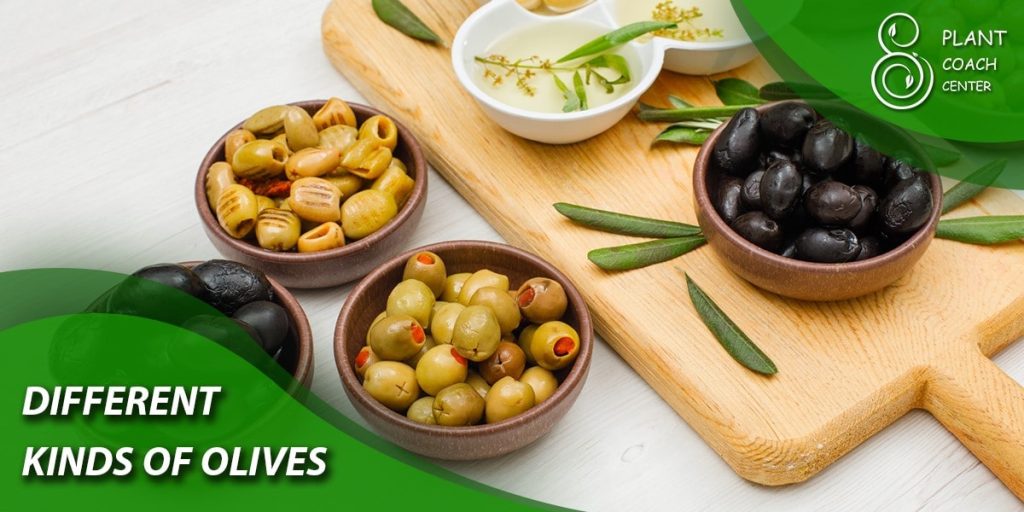
Soil
Olive trees prefer well-draining soil and can adapt to various pH levels, though they do best in slightly alkaline conditions. Whether you’re growing olives in your backyard or on a larger scale, assessing your soil conditions is crucial.
Sunlight
Olive trees love the sun. They require a minimum of six hours of full sunlight each day to produce the energy needed for growth and fruit production. A sunny location will ensure your trees yield a hefty crop of these versatile fruits.
Water
While olive trees are drought-tolerant once established, they need regular watering during their first few years. The key is to strike a balance – too much water can lead to root rot, while too little can stress the tree and reduce yield.
Planting Process
Now that we’ve discussed the ideal conditions, let’s move on to the actual planting process. How do olives grow from a seed or a sapling?
Seeds vs. Saplings
Growing olives from seeds is a lengthy process and requires patience. Most growers prefer to start with young trees or cuttings, which provide a head start and result in quicker fruit production.
Planting Steps
When you’re ready to plant, dig a hole twice as wide and just as deep as the root ball of your sapling. Place the tree in the hole, making sure the top of the root ball is level with the soil surface. Backfill the hole, firm the soil gently, and water thoroughly.
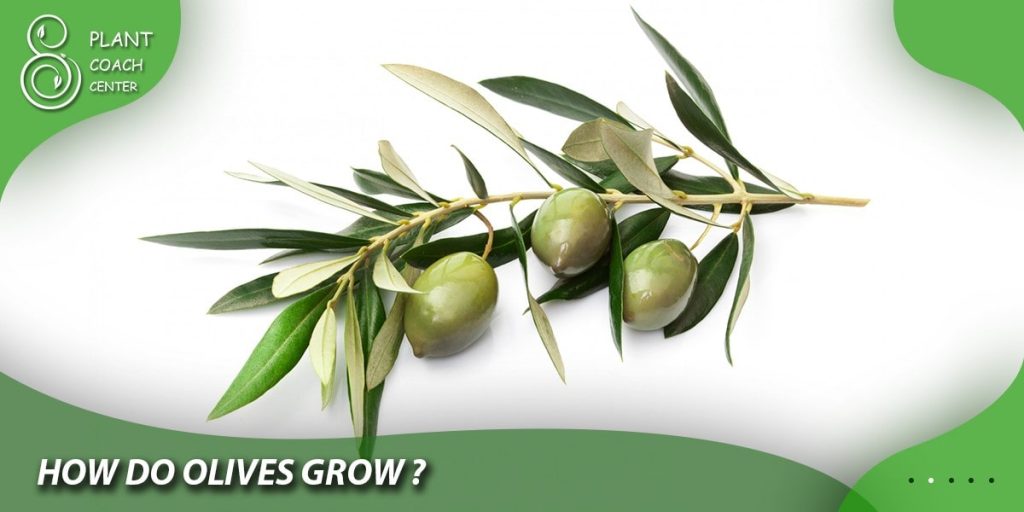
Care and Maintenance
After planting your olive trees, consistent care and maintenance are key to ensuring they grow healthy and productive. So, what steps should you take?
Watering
Newly planted olive trees require consistent watering until they establish. After the first two years, they become drought-resistant, but they’ll still benefit from water during extended dry periods. Remember, overwatering can cause root rot, so ensure the soil drains well.
Fertilizing
Olive trees need nutrients to grow and bear fruit. A balanced fertilizer, applied in early spring before the growing season, can provide these essential nutrients. Always follow the manufacturer’s instructions when applying fertilizers.
Pruning
Pruning is crucial for maintaining the shape of your olive tree and promoting better air circulation and light penetration, which can increase fruit production. Prune your olive trees in early spring before the new growth starts.
Harvesting Olives
One of the most exciting parts of growing olives is the harvest. But how do olives grow to the point of harvest, and when is the right time to pick them?
Timing the Harvest
Harvest time depends on what you intend to do with your olives. For table olives, you can harvest when they’re green to purple. However, for olive oil production, it’s best to wait until most of the olives on the tree have turned black.
Harvesting Methods
You can harvest olives by hand-picking or using a handheld rake to comb the fruit off the branches. For larger trees or larger-scale production, mechanical harvesters might be more efficient.
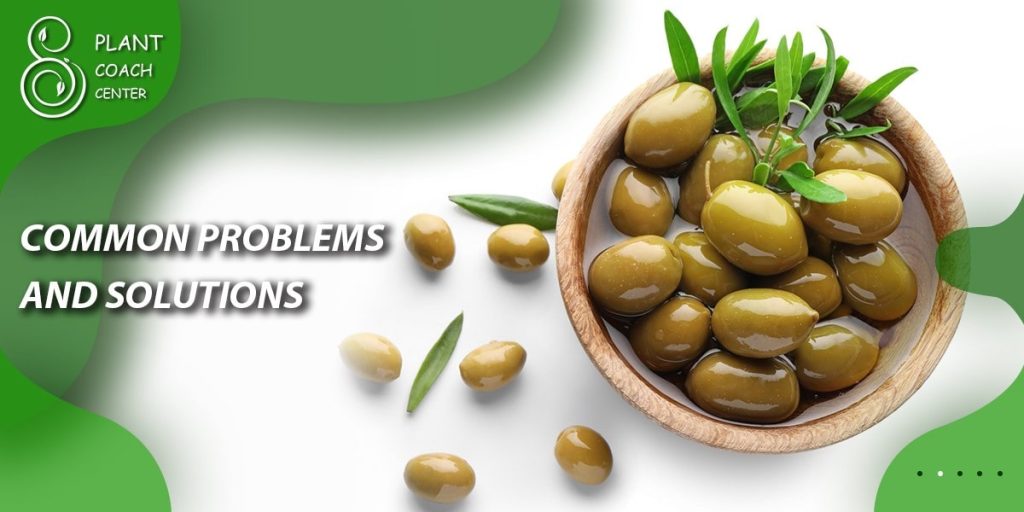
Common Problems and Solutions
Growing olives isn’t without its challenges. You may encounter pests, diseases, or unfavorable weather conditions. Even with the best care, olive trees can encounter problems. Here are some common issues and how to address them:
Pests
Common pests include the olive fruit fly and the black scale. These can be managed with regular monitoring, natural predators, or approved pesticides.
Diseases
Olive trees can suffer from diseases like Peacock Spot, Olive Knot, and Verticillium Wilt. Good cultural practices, regular pruning, and the use of resistant varieties can help manage these diseases.
Weather Conditions
Extreme weather conditions like frost, heat waves, or heavy rain can stress olive trees and affect their growth. Providing adequate irrigation during hot weather, protecting trees from frost, and ensuring good soil drainage can mitigate these problems.
What are some examples of olive tree varieties that are resistant to diseases?
Several olive tree varieties have demonstrated resistance to common diseases. However, it’s important to remember that “resistance” doesn’t mean immunity. Even disease-resistant trees can develop problems under certain conditions. Here are some examples:
1. Frantoio: This Italian variety is known for producing high-quality olive oil. It has shown resistance to Peacock Spot, one of the most common diseases of olive trees.
2. Leccino: Another Italian variety, Leccino is moderately resistant to Olive Knot and is known for its adaptability to different climates.
3. Arbequina: A Spanish variety, Arbequina is relatively resistant to Verticillium Wilt. It’s widely grown for oil production due to its high yield.
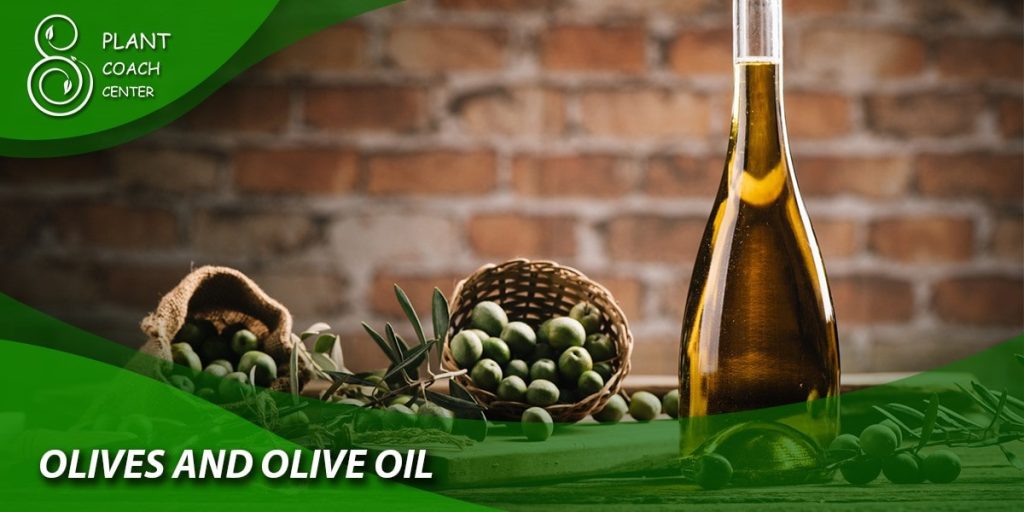
4. Pendolino: Pendolino is often used as a pollinator for other varieties. It has exhibited resistance to Peacock Spot.
5. Picual: This is the most widely grown olive in Spain, appreciated for its high oil content and resistance to diseases, including Verticillium Wilt.
6. Aglandau: A variety widely grown in France, it’s known for its resistance to several diseases.
Conclusion
Growing olives can be a rewarding experience, from understanding “how do olives grow?” to the moment you harvest your first crop. With the right knowledge, care, and patience, you can cultivate healthy olive trees and enjoy their fruit for many years to come. Whether you’re a beginner or a seasoned grower, there’s always something new to learn in the world of olive cultivation. Join us at plantcoachcenter.com to explore more about the fascinating world of plants!
Can I grow an olive tree indoors?
Yes, certain dwarf varieties of olive trees can be grown indoors with sufficient light.
How long does it take for an olive tree to bear fruit?
Typically, olive trees start bearing fruit at around 3-5 years old.
How often should I water my olive tree?
Young olive trees need watering every week, while established trees require water every two to four weeks.
What is the best fertilizer for olive trees?
A balanced slow-release fertilizer that contains nitrogen, phosphorus, and potassium is ideal for olive trees.
Can olive trees withstand frost?
While olive trees can tolerate brief periods of cold, prolonged exposure to temperatures below freezing can damage or even kill the tree.
Why are my olives falling off the tree before they ripen?
This could be due to a variety of factors including inadequate pollination, water stress, or pest infestations.


